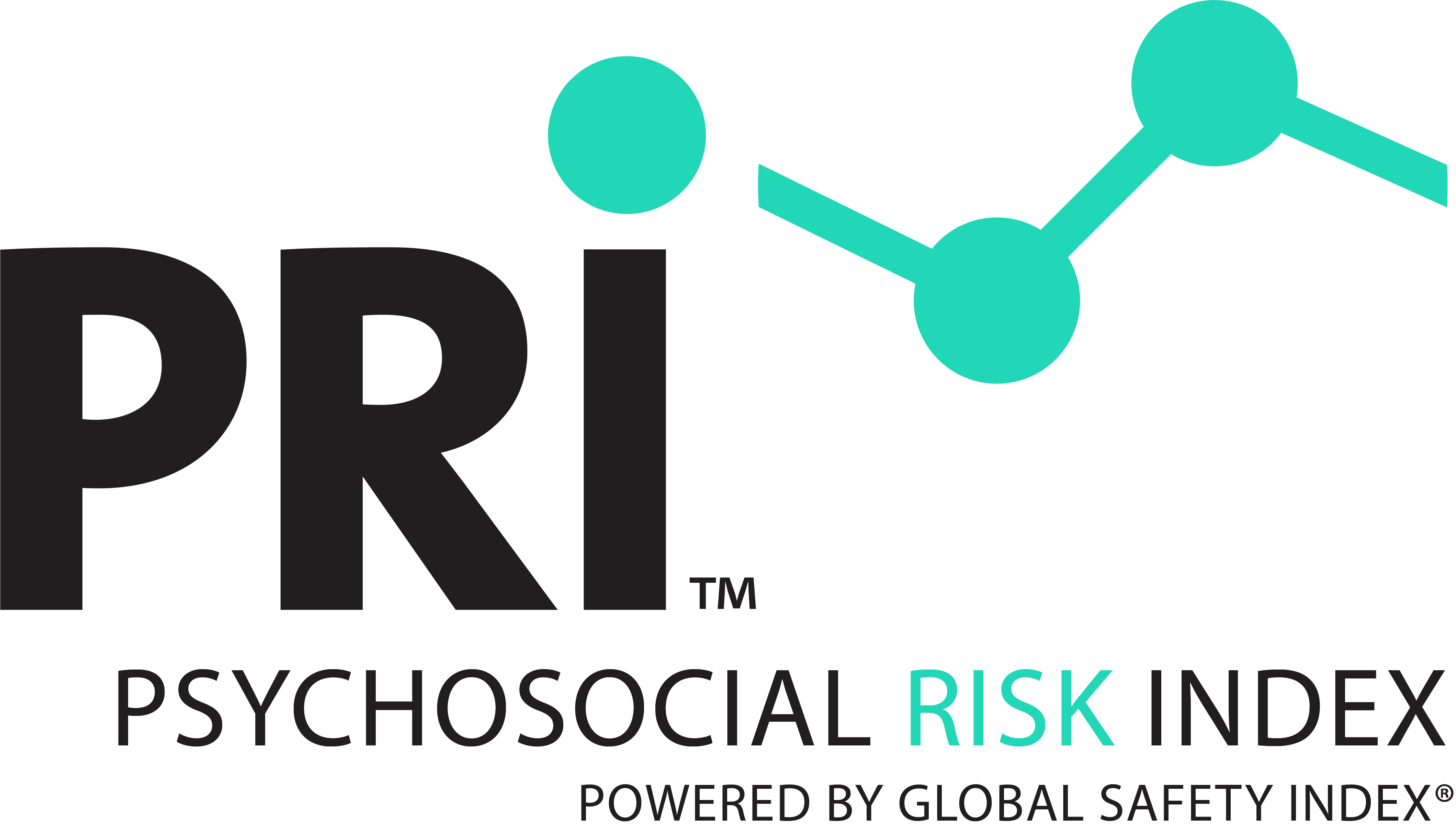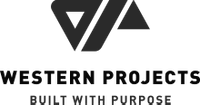


Measure what matters
Organisations spend a lot of time and effort debating and trying to manage safety results such as lagging frequency rates (TRI, LTI, etc) due to a belief that a low score indicates higher safety performance.
However, decades of disasters have shown that low-frequency rates do not mean good safety. In fact, this lagging data is measuring the absence of injury, not the presence of safety.
By measuring safety leadership capability, safety culture, mental health literacy and psychosocial risk, organisations can gain a more comprehensive understanding of cause and effect.
This approach allows for a focus on the critical inputs required to drive sustainable outcomes.
Supports compliance to ISO 45001 and 45003
Helps meet compliance requirements to WHS regulations
Accessible in over 50 languages
Comprehensive reporting
Invite and Anonymous access
Key Features
2013
Established
100000+
Users
4500000+
Approx. Data Points
Accessable
Desktop / Laptop Tablet / Mobile Multiple LanguagesCustomisable
Demographic Questions Engagement Questions Custom QuestionsSimple Data View
Dashboard View Downloadable Charts Comprehensive benchmarkingImmediate insights
Comprehensive Reports Organisational View Site / Department ViewAcademy Library
Why measure safety leadership?

- Leadership is the single most important driver of organisational culture as it sets the cultural norms and expectations that define an organisation. The importance of measuring and monitoring safety leadership can not be underestimated as the organisations culture is ultimately determined by operational and management decisions and practices.By better understanding the capabilities, or bench-strength, of leadership it provides organisations the abilities to optimise their people resulting in knowing who are the high-performing individuals and who need additional support. More importantly, organisations learn WHY someone is excelling in safety leadership and HOW to provide support to individuals who are not.The SLI is more than just performance measuring, it drives 90-day action planning that can be applied back on the job, providing greater benefits to not just the individuals, but also the organisation.Learn more about the SLI or download brochure today.
The importance of measuring safety culture

- Claims of a great safety culture are often made, but seldom proved. For such a critical measure of proactive safety management, it is important to quantify it and ensure organisations are regularly monitoring their Safety Culture.It is the culture of an organisation that influences individuals beliefs, values and attitudes towards safety or, the behaviour that is demonstrated everyday.With 9 dimensions and 14 culture key drivers, the Safety Culture Index provides granular insights into an organisations culture and highlights what is working and what is not, directly from your workers. The results are then used to help shape an organisations safety strategy, resulting in improved resource allocation, measurable inputs and ultimately less injuries.Learn more about the SLI or download brochure today.
Why measure mental health literacy?

- Mental Health Literacy is a term that describes the level of awareness and responsiveness there is to people who are experiencing mental health problems. Ultimately, people can’t be their best at work, if they aren’t at their best mentally.
- The Mental Health Index (MHI) helps you better understand your workplace culture around Mental Health by measuring how your organisation performs against the 4 drivers and 7 dimensions of mental health literacy and positivity, and your ability to identify and appropriately support people in maintaining their mental fitness or addressing mental health issues. Doing this will improve business outcomes, not just personal outcomes for the individual and their family.Learn more about the SLI or download brochure today.
Why measure psychosocial risk?

- Psychosocial hazards are the things at work that create a risk to mental health. Utilising the research of the Copenhagen Psychosocial Questionnaire (COPSOQ), The Psychosocial Risk Index (PRI) utilises the GSI platform to help organisations identify specific risks associated with the main dimensions of the most influential psychosocial theories at work, including the Job-Strain, Demand-Control-Support and Effort-Reward-Imbalance models, but also other theories and aspects ignored in previous tools, for instance emotional demands or role clarity.
- This makes the PRI more than just about insights, it provides the ability to assess the need for action and help decision making processes on preventive measures at the workplace.
- Learn more about the SLI or download brochure today.
Contact Us
Take the first step in transforming your business safety culture and speak with one of our solutions exports today.


















































































































































































